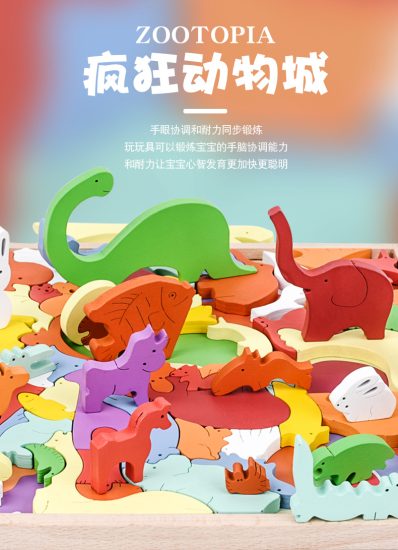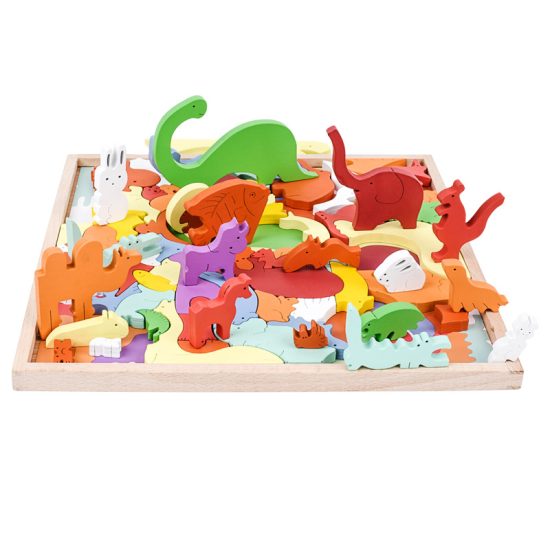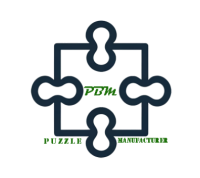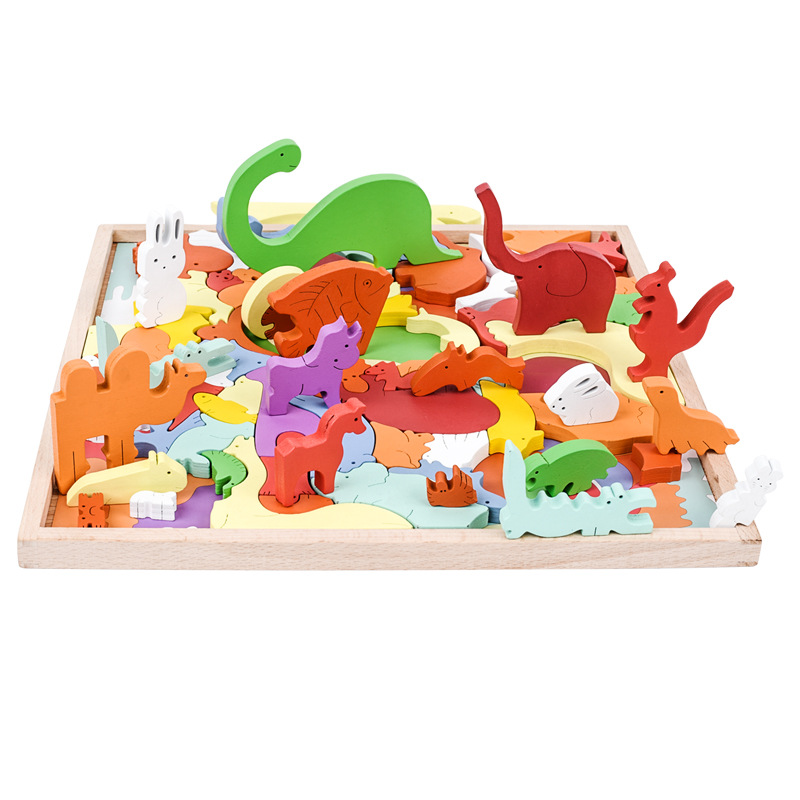The printing process for jigsaw puzzles is a crucial step in producing a high-quality and visually appealing puzzle. Here are some common printing features and techniques used in jigsaw puzzle production:
- High-quality images: The puzzle image is printed at a high resolution to ensure that the details are sharp and clear.
- Vibrant colors: Colors are often enhanced during the printing process to make them more vivid and eye-catching.
- UV coating: A UV coating can be applied to the puzzle surface to protect the image from fading and to give it a glossy finish.
- Spot varnish: Spot varnish can be used to add texture or highlight specific parts of the puzzle image, such as a shiny surface or a special effect.
- Embossing: Embossing can be used to create a raised, textured effect on specific parts of the puzzle image, adding depth and dimension to the design.
- Foil stamping: Foil stamping can be used to add metallic accents or highlights to the puzzle image, creating a shiny, eye-catching effect.
- Die-cutting: Die-cutting can be used to create unique and irregular puzzle piece shapes, adding to the visual appeal of the puzzle.
Overall, the printing process is essential in creating a puzzle that is visually appealing, durable, and engaging for the puzzle solver.



